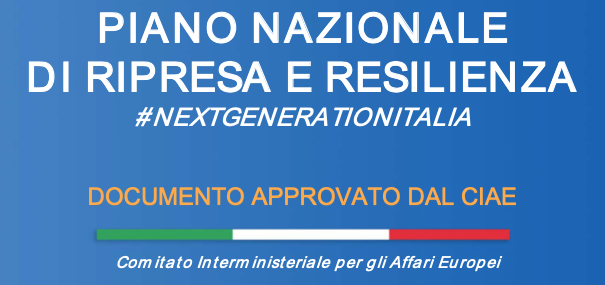PRFF (recovery fund): the “loser” brother of the Juncker Plan


We had the opportunity to read the latest draft of the PNRR, the plan that should apply in Italy in the Recovery Fund, that is, without irony, the National Recovery and Resilience Plan. A banality
The plan itself would bring an additional 20 billion in investments, a doubling of spending on health care (which, miraculously, become a little more important) and a little more investment in tourism. Someone will have pointed out that spending 3% on tourism, when 12-14% of GDP is obtained.
But there are some points that really bring us back to the past, to that magnificent "Juncker Plan" which was presented in 2013 and should have constituted the rebirth of the Union and which, in the end, was the most laughable economic policy intervention of the new Millennium. A project that achieved practically nothing, despite starting with enormous premises.
What makes us think back to that moment? The mention of the term "Leverage".
The PNRR may envisage, in some areas (industrial policies for strategic supply chains, improvement of tourist services and accommodation infrastructures, circular economy, social housing ), the use of financial instruments that allow to activate a positive leverage effect on NGEU funds to facilitate the entry of private capital (equity or debt), other public funds or even a combination of both (blending) to support investment initiatives .
In reality, the guidelines of the private and the public diverge strongly: the public has guidelines, if all goes well, of a macroeconomic nature of growth, if it goes badly of a demagogic / ideological nature ("Climate change", "Gender equality", etc). These are different criteria, of course. So the results will be as follows:
- private individuals will NOT intervene in investments, and there will be no leverage effect, therefore of further growth;
- private individuals will take over, but on conditions that dominate the public. Practically the public money will go to private individuals to make them participate.
You will very rarely see European programs without co-financing. In the end this is how the Union does not increase its efficiency (otherwise it would distribute in a simple and widespread way), but it favors the financial elite and often zombie companies.
It's not over:
In this perspective, the public intervention can take the form of a guarantee on private financing or a coverage of the possible first loss of the share investment aimed at the realization of specific projects. This way of using the RRF's resources makes it possible to obtain an overall volume of investment higher than that which would occur with grants.
So, as written before, in the end the money of the PRFF will go to the best business of Italy and Europe: to make public losses and private profits in the medium term.
The economic results are even more significant: 220 billion are spent (all inclusive, in theory, over 7 years, including InvestEU), and at the end of the period, a 3% increase in GDP is obtained. In theory, $ 1% would be spent on 2020 figures to achieve 3% growth. By dint of spending tied to EU objectives, a level of inefficiency has been reached that is unimaginable even for the Soviet world. And the beauty is that everyone is happy with it and enjoys it.

Thanks to our Telegram channel you can stay updated on the publication of new articles of Economic Scenarios.
The PRFF article (recovery fund): the "loser" brother of the Juncker Plan comes from ScenariEconomici.it .
This is a machine translation of a post published on Scenari Economici at the URL https://scenarieconomici.it/prff-recovery-fund-il-fratello-sfigato-del-piano-juncker/ on Sun, 10 Jan 2021 06:45:40 +0000.
